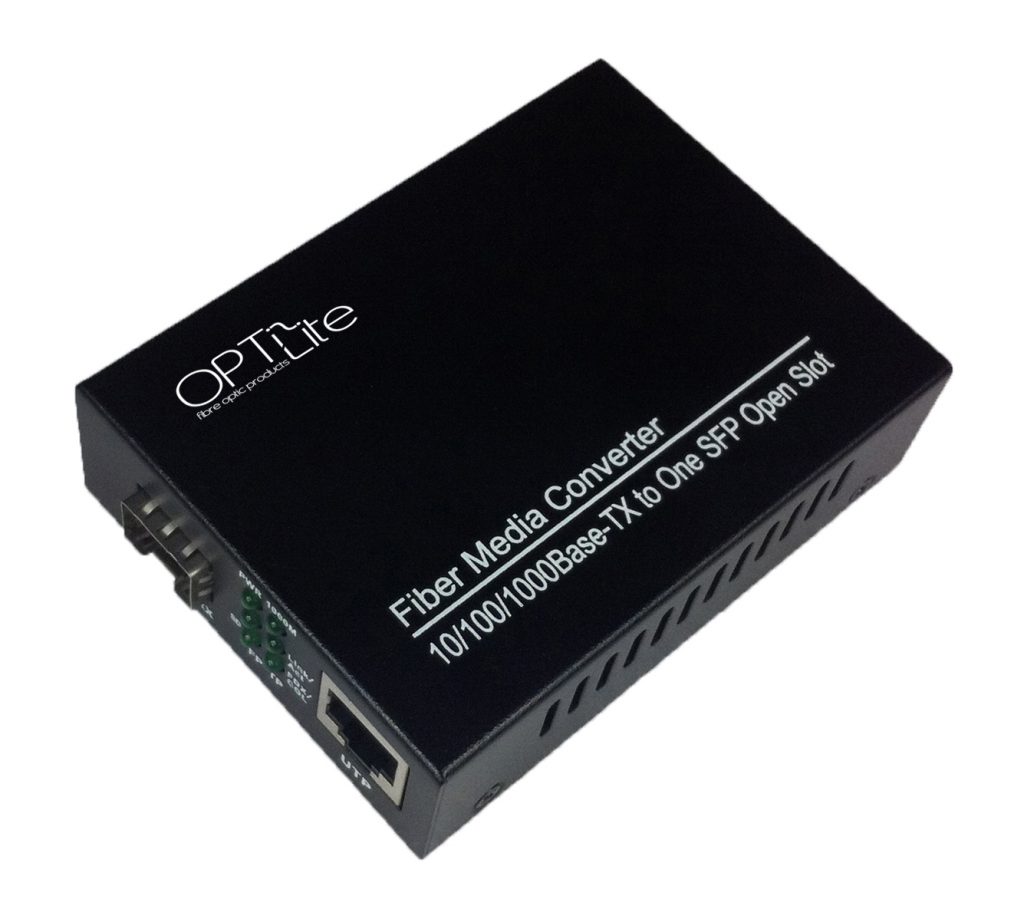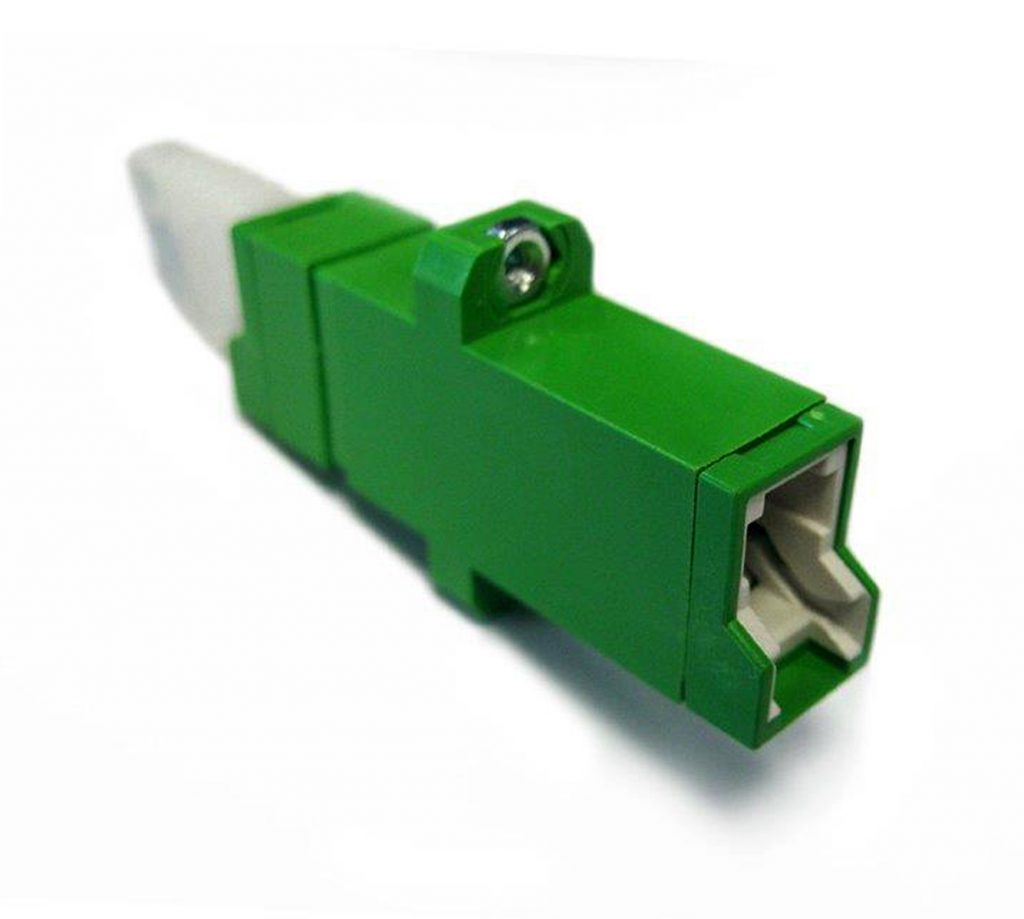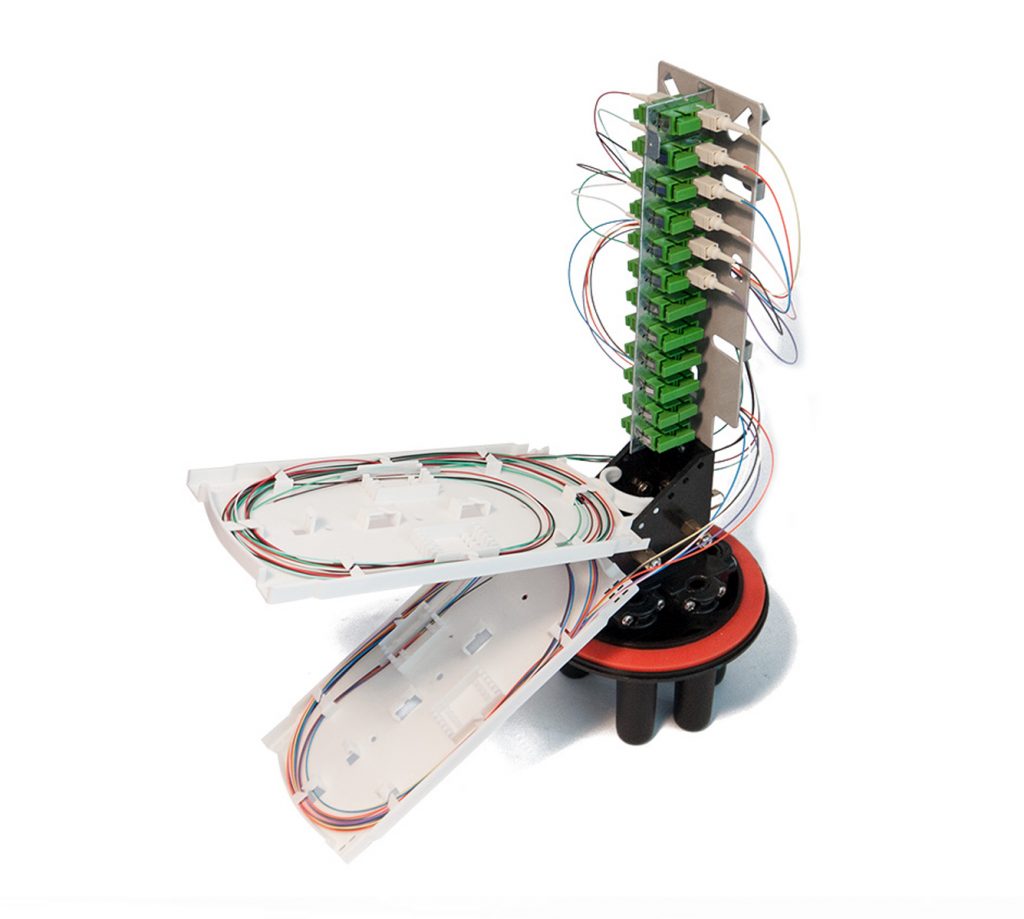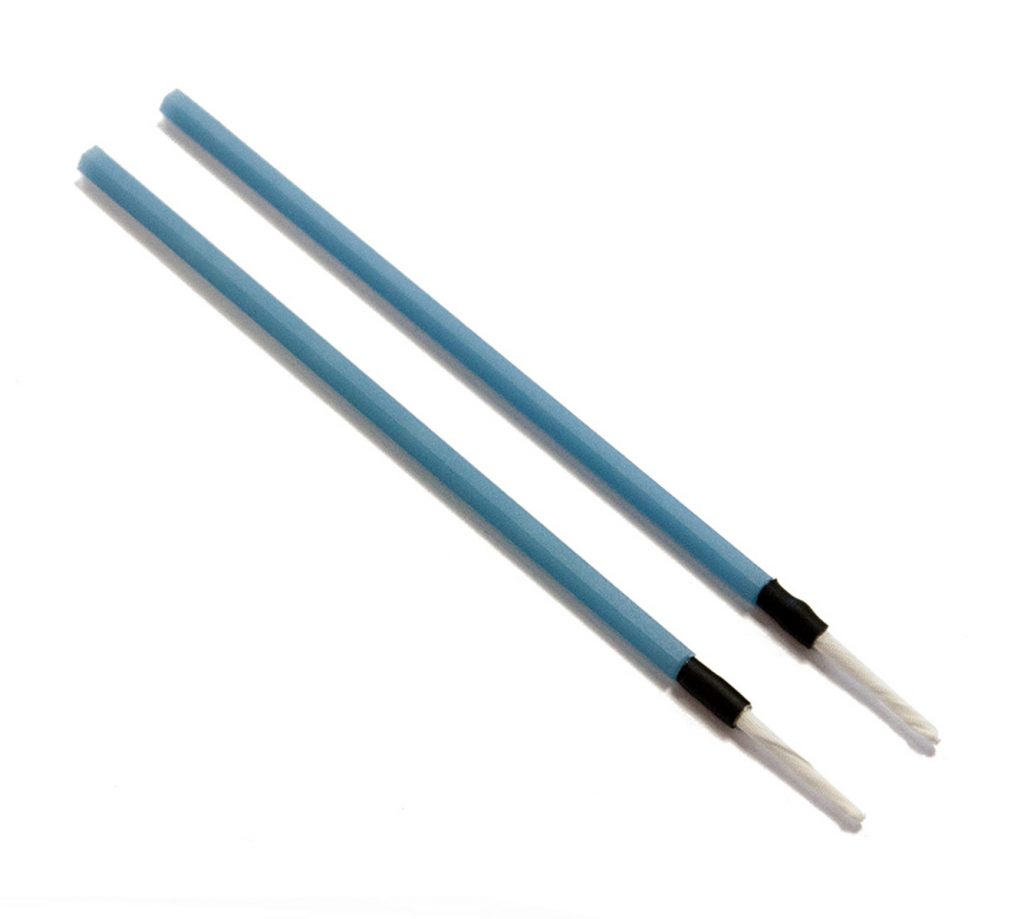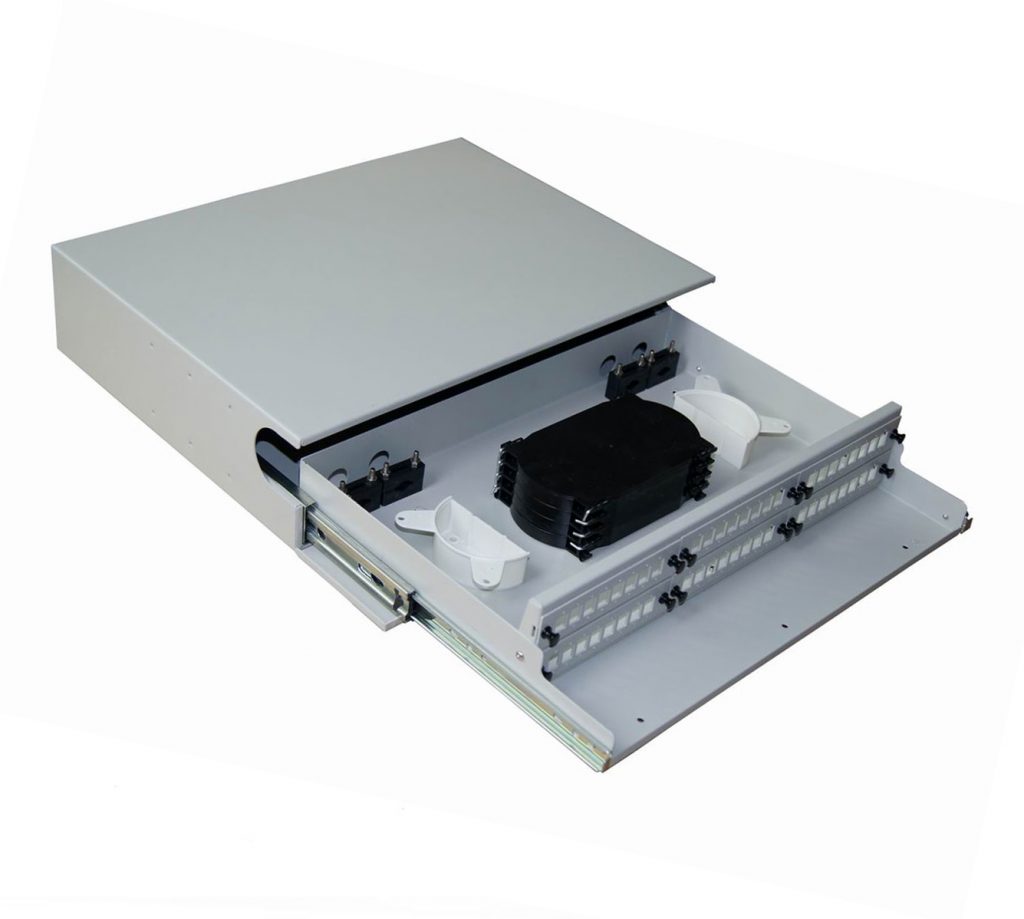What is fibre optics?
Fibre optics, or optical fibre, refers to the technology that transmits information as light pulses along a glass or plastic fibre.
A fibre optic cable can contain a varying number of these glass fibres — from a few up to a couple hundred. Another glass layer, called cladding, surrounds the glass fibre core. The buffer tube layer protects the cladding, and a jacket layer acts as the final protective layer for the individual strand.
Fibre optic cables are commonly used because of their advantages over copper cables. Some of those benefits include higher bandwidth and transmit speeds.
Fibre optics is used for long-distance and high-performance data networking. It is also commonly used in telecommunication services, such as internet, television and telephones. For example, Verizon and Google use fibre optics in their Verizon FIOS and Google Fibre services, respectively, providing Gigabit internet speeds to users.
How fibre optics works
Fibre optics transmit data in the form of light particles — or photons — that pulse through a fibre optic cable. The glass fibre core and the cladding each have a different refractive index that bends incoming light at a certain angle.
When light signals are sent through the fibre optic cable, they reflect off the core and cladding in a series of zig-zag bounces, following a process called total internal reflection. The light signals do not travel at the speed of light because of the denser glass layers, instead traveling about 30% slower than the speed of light.
To renew, or boost, the signal throughout its journey, fibre optics transmission sometimes requires repeaters at distant intervals. These repeaters regenerate the optical signal by converting it to an electrical signal, processing that electrical signal and retransmitting the optical signal.
Fibre optic cables are now able to support up to 10 Gbps signals. Typically, as the bandwidth capacity of a fibre optic cable increases, the more expensive it becomes.
Advantages and disadvantages of fibre optics
Fibre optic cables are used mainly for their advantages over copper cables. Advantages include the following:
- They support higher bandwidth capacities.
- Light can travel further without needing as much of a signal boost.
- They are less susceptible to interference, such as electromagnetic interference.
- They can be submerged in water.
- Fibre optic cables are stronger, thinner and lighter than copper wire cables.
- They do not need to be maintained or replaced as frequently.
However, it is important to note that fibre optics do have disadvantages users should know about. These disadvantages include the following:
- Copper wire is often cheaper than fibre optics.
- Glass fibre requires more protection within an outer cable than copper.
- Installing new cabling is labor-intensive.
- Fibre optic cables are often more fragile. For example, the fibres can be broken or a signal can be lost if the cable is bent or curved around a radius of a few centimeters.

